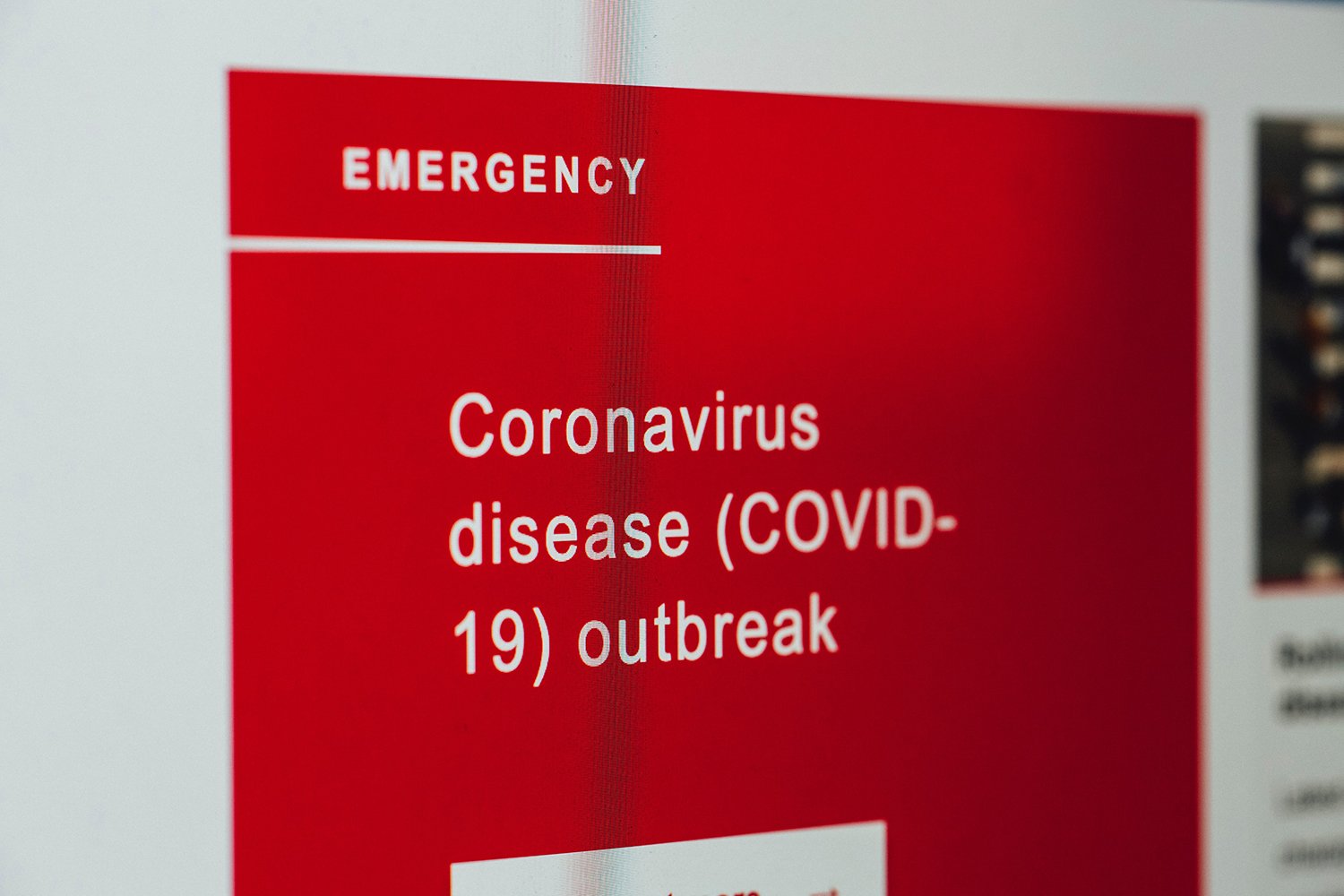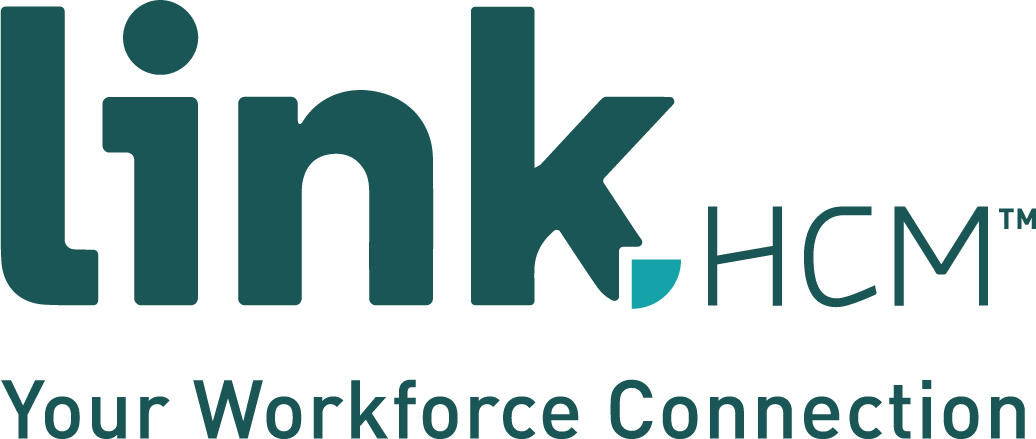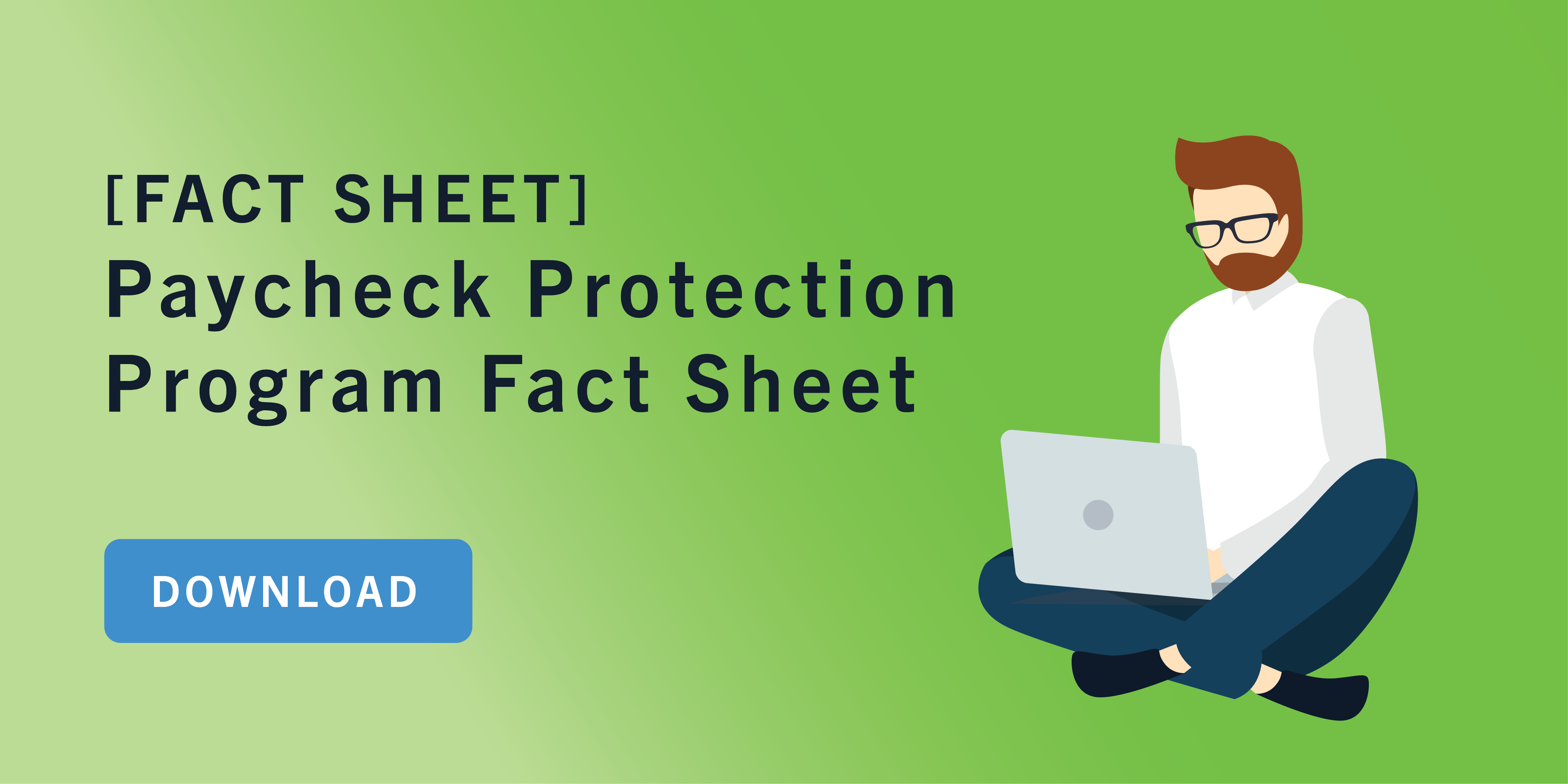
Effective March 18, The Families First Coronavirus Response Act (FFCRA) has been signed into legislation, with employer requirements going into effect on April 1. With the number of affected businesses and workers expanding every day, the FFCRA's mission is to help many in need during these times.
>> Download our Free Guide to Paid Leave Under the Coronavirus Response Act
In efforts to provide relief, the Act encompasses a lot of things, many of which apply to employers. Two provisions of the Act involve paid leave for employees forced out of work because of the coronavirus:
- The Emergency Family and Medical Leave Expansion Act expands upon the existing Family and Medical Leave Act (FMLA)
- The Emergency Paid Sick Leave Act introduces a new federal paid sick leave law.
With President Trump’s signature on March 18, both Acts will go into effect on April 1, and will remain in effect until December 31, 2020. Here is what you need to know as an employer.
The Emergency Family and Medical Leave Expansion Act (EFMLEA)
Overview
Under the FMLA, employees can receive 12 weeks of protected unpaid leave. What the Emergency Family and Medical Leave Expansion Act (EFMLEA) does is temporarily amend the FMLA by providing 10 weeks of protected paid leave. That means eligible employees will take the first two weeks without pay and receive two-thirds pay for the remaining 10 weeks.
Since Emergency FMLA is protected leave, employers with 25 or more employees are required to allow employees to return to the same or equivalent position upon their return.
Eligibility and Exemptions
The EFMLEA changes coverage from businesses with 50 or more employees to businesses with fewer than 500 employees. Not only does the employee threshold increase coverage, but the duration of employment to qualify is significantly lower. Under the new Act, an employee only needs to work for the employer for at least 30 days to become eligible.
Even though the expansion covers small businesses, employers with fewer than 50 employees can be exempt by the Secretary of Labor if providing the required leave would jeopardize the life of the business. We are currently waiting for the Department of Labor to release “simple and clear” criteria to apply for exemptions. Language in the Act also allows the Secretary of Labor to exclude healthcare providers and emergency responders from coverage.
Reasons for Emergency Family and Medical Leave
The only qualifying reason for taking Emergency FMLA is if an employee is unable to work or work remotely to care for the employee's minor child (under 18) because of a school or care provider closure due to a public health emergency. That is a significant change from the version of the Act passed by the House, which accounted for numerous other coronavirus related reasons.
Pay
After the first two weeks of Emergency FMLA— which is now defined as 10 days instead of 14— a full-time employee is to receive two-thirds their regular rate of pay for the remaining 10 weeks. However, the Act limits this pay to $200 per day and $10,000 total per employee.
Non-full time employees are able to receive two-thirds pay based on the average number of hours worked during the six months leading up to taking leave.
Emergency Paid Sick Leave Act
Overview
The Emergency Paid Sick Leave Act (EPSLA) requires that employers provide 80 hours of paid sick leave to employees for coronavirus related reasons. Similar to EFMLEA, part-time employees are also able to receive paid sick leave based on the average number of hours worked in the last six months.
Eligibility
Businesses with fewer than 500 employees are required to provide paid sick leave. EPSLA also exempts employers from health care providers and emergency responders if they choose.
Reasons for Emergency Paid Sick Leave
EPSLA has quite a few more reasons that justify taking leave than EFMLEA. Eligible employees are entitled to paid sick leave if they are:
- Subject to a federal, state or local quarantine or isolation order related to COVID-19
- Advised by a health care provider to self-quarantine due to COVID-19 concerns
- Experiencing COVID-19 symptoms and seeking a medical diagnosis
- Caring for an individual subject to a federal, state or local quarantine or isolation order or advised by a health care provider to self-quarantine due to COVID-19 concerns
- Caring for the employee's child if the child's school or place of care is closed or the child's care provider is unavailable due to public health emergency
- Experiencing any other substantially similar condition specified by the Secretary of Health and Human Services in consultation with the Secretary of the Treasury and the Secretary of Labor.
Pay
Full Time employees are to receive 80 hours of paid sick leave at their regular rate unless the reason for leave is 4, 5, or 6 from above. If the reason for leave is to care for somebody else or due to a substantially similar condition, the employee will receive two-thirds the regular rate.
EPSLA caps paid sick leave wages at $511 per day and $5,110 total per employee unless the reason is to care for somebody else or a substantially similar condition. If that is the case, the cap is $200 per day and $2,000 total per employee.
Full Time employees can also request to use the 80 hours of paid sick leave in place of the 10-day unpaid leave outlined in the Emergency Family and Medical Leave Expansion Act.
Other Provisions of Families First Coronavirus Response Act
Tax Credits
Employers are entitled to a refundable tax credit equal to 100% of the wages paid for qualified sick leave and a refundable tax credit equal to 100% of wages paid for qualified family leave. These credits are only available to businesses that are required to offer Emergency Paid Sick Leave and Emergency Family and Medical Leave.
Eligible employers will be able to retain an amount of the payroll taxes equal to the amount of qualifying sick and child care leave wages that was paid, rather than deposit them with the IRS.
Payroll taxes applicable for retention include federal income taxes, employee’s share of Social Security and Medicare taxes, and employer share of Social Security and Medicare taxes.
In the event the eligible wages paid are more than the taxes due, you can request an accelerated refund payment from the IRS. The IRS expects to process these requests in two weeks or less. More details on this process will be provided in the coming days.
Free COVID Testing
Private health plans are required to provide employees and their dependents free coverage for coronavirus testing and other related services.
Emergency Unemployment Insurance Stabilization And Access Act
This Act provides emergency grants to the tune of $1 billion for unemployment insurance processing and payment-related activities.
The funds are divided and allocated to two separate missions. Half of the funds go to all states to help cover administrative costs, and the other half is set aside for states who experience a 10% increase in unemployment insurance claims compared to the same quarter last year.



Leave a Comment